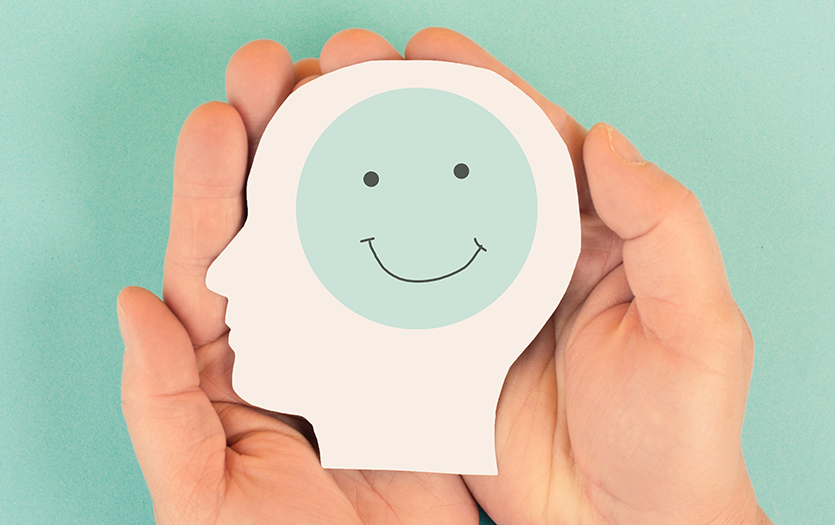Social differences
- Doesn’t keep eye contact or makes very little eye contact
- Doesn’t respond to a parent’s smile or other facial expressions
- Doesn’t look at objects or events a parent is looking at or pointing to
- Doesn’t point to objects or events to get a parent to look at them
- Doesn’t bring objects of personal interest to show to a parent
- Doesn’t often have appropriate facial expressions
- Unable to perceive what others might be thinking or feeling by looking at their facial expressions
- Doesn’t show concern (empathy) for others
- Unable to make friends of uninterested in making friends
Communication differences
- Doesn’t point at things to indicate needs or share things with others
- Doesn’t say single words by 16 months
- Repeats exactly what others say without understanding the meaning (often called parroting or echoing)
- Doesn’t respond to name being called but does respond to other sounds like a car horn or cat’s meow
- Refers to self as “you” and others as “I,” and may mix up pronouns
- Often doesn’t seem to want to communicate
- Doesn’t start or can’t continue a conversation
- Doesn’t use toys or other objects to represent people or real life in pretend play
- May have a good rote memory, especially for numbers, letters, songs, TV jingles or specific topic
- May lose language or other social milestones, usually between the ages of 15 and 24 months (often called regression)
Behavioral differences
- Rocks, spins, sways, twirls fingers, walks on toes for long time, or flaps hands
- Likes routines, order, and rituals; has difficulty with change
- Obsessed with a few or unusual activities, doing them repeatedly during the day
- Plays with parts of toys instead of the whole toy (for example, spinning the wheels of a toy truck)
- Doesn’t seem to feel pain
- May be very sensitive or not sensitive at all to smells, sounds, lights, textures, and touch
- Unusual use of vision or gaze looks at objects from unusual angles
If you notice or have concerns regarding any of these traits or delays, contact your primary care physician or pediatrician to discuss further evaluation.
Living with Autism Spectrum Disorder
If your child is diagnosed with Autism Spectrum Disorder, there is a wealth of resources and services available. When utilizing these resources to develop a therapy program, the American Academy of Pediatrics does recommend you consider the following:
Offer choices. The program should offer a variety of behavioral, language, social, play and cognitive strategies that are individualized to the child. If possible, the child should also receive direct speech, occupational, and physical therapies, according to individual needs.
Have clear goals. An individualized plan should include specific, observable, and measurable goals and objectives in each developmental and behavioral area of intervention.
Be intense. The program should be intense, with a goal of 20 to 25 hours of planned intervention or instruction per week. It should be given year-round. The majority of children benefit from a staffing ratio of 1:1 or 1:2 with an adult in initial interventions.
Encourage parents to be fully involved. Siblings and peers should also be included in the program. Children often learn best by modeling typically developing children in inclusive settings. The family should have support from the therapy team so it can promote social skills, functional communication and appropriate behavior at home.
Take place in everyday settings. To promote generalization of newly acquired skills, interventions should take place in everyday settings. Playing and learning with children without ASDs may help children with ASDs learn social and language skills.
Address behavior problems. A functional analysis of behavior should be done when there are behavior problems. Information gained should be used to design a behavior management plan. The family should be involved so it can work on the child’s behavioral needs too.
Monitor progress often. If goals and objectives are not being met in a reasonable amount of time, the program should be evaluated and revised as needed.
Parkview opened an Applied Behavior Analysis (ABA) Clinic to provide one-on-one ABA therapy to kids 18 months to 7 years with a diagnosis of Autism Spectrum Disorder (ASD). The clinic serves kids who are covered members of a Parkview Signature Care health plan at this time. The intention is to work with other health plans to expand availability to additional families.




